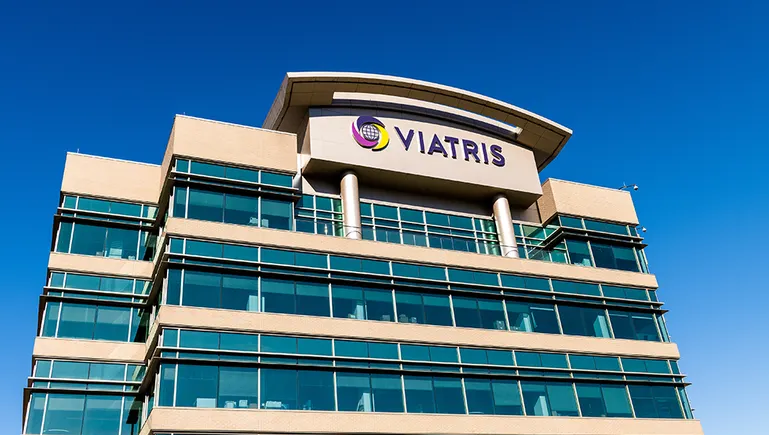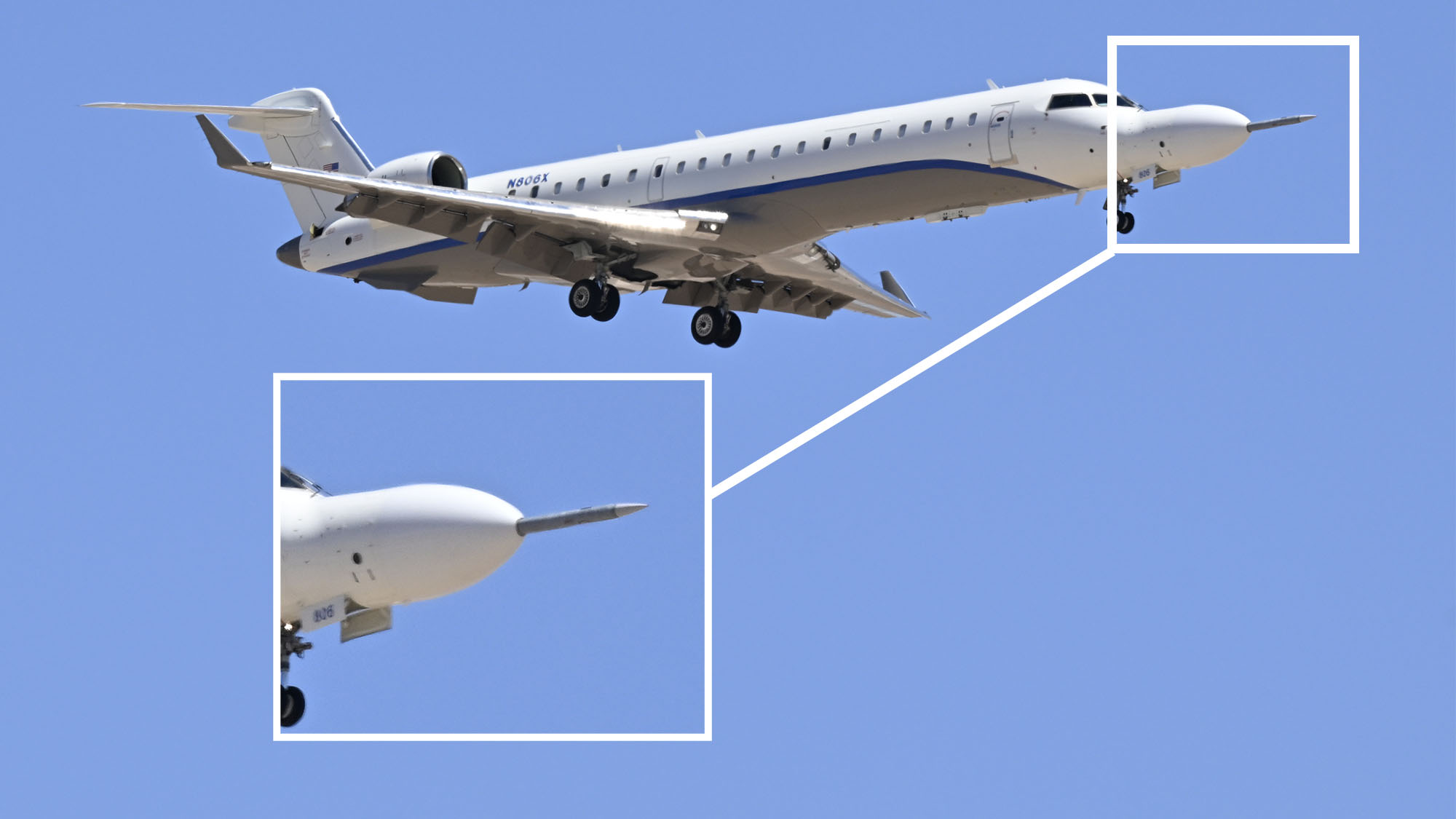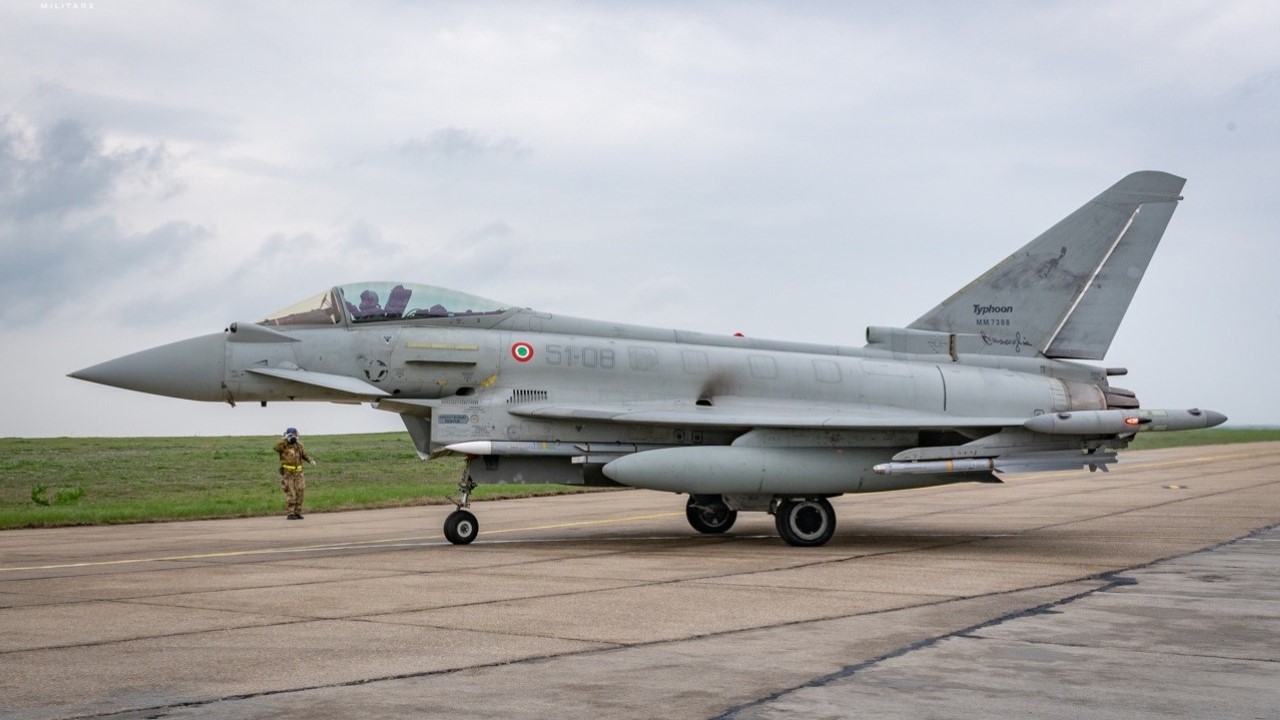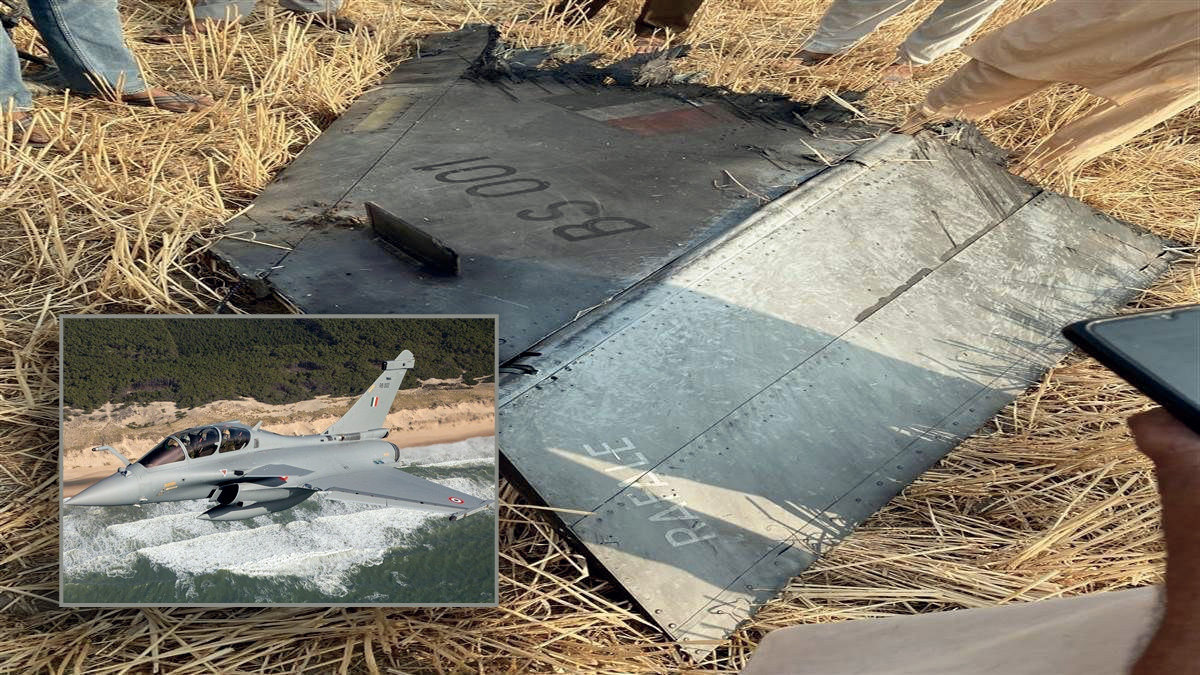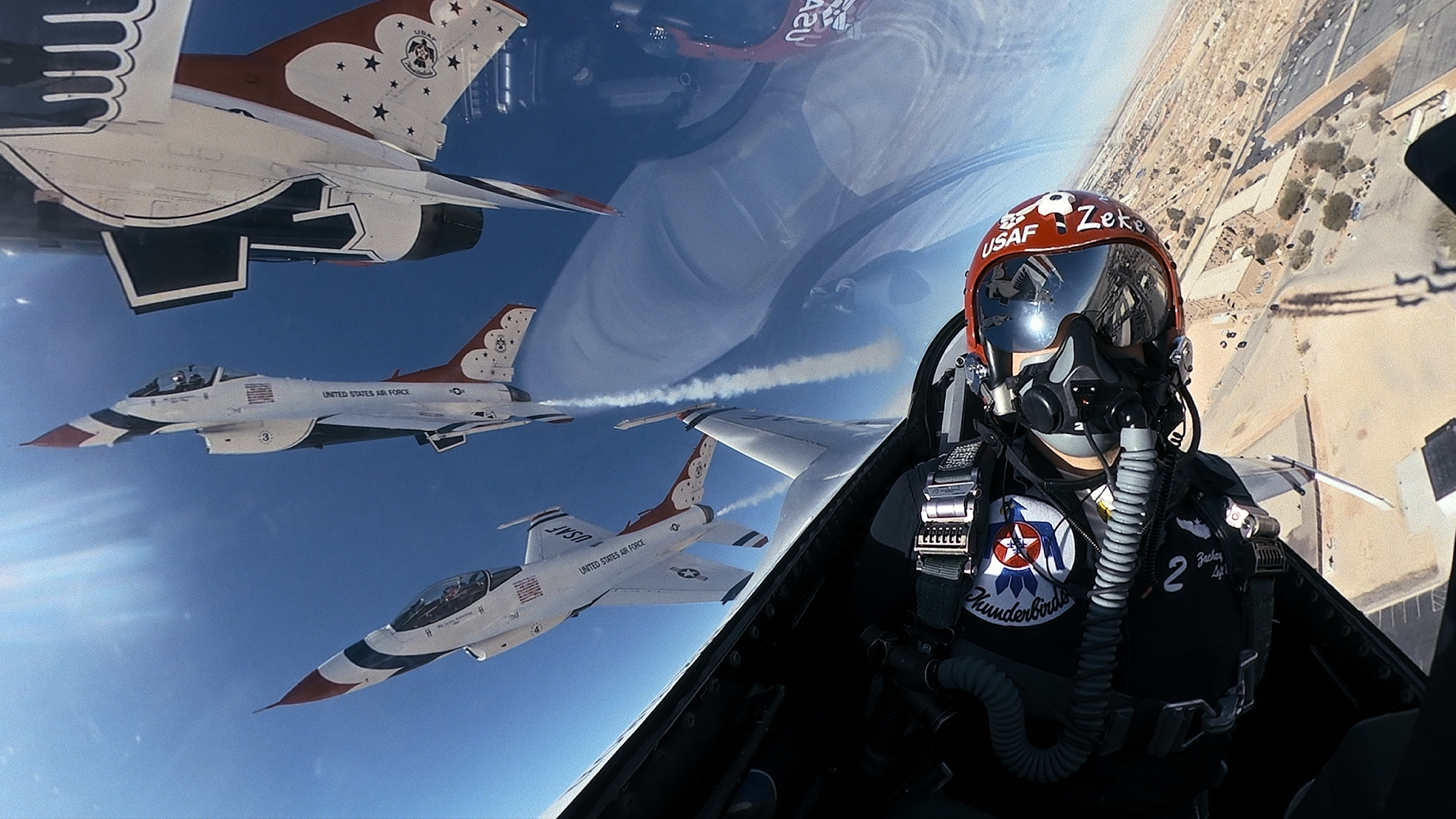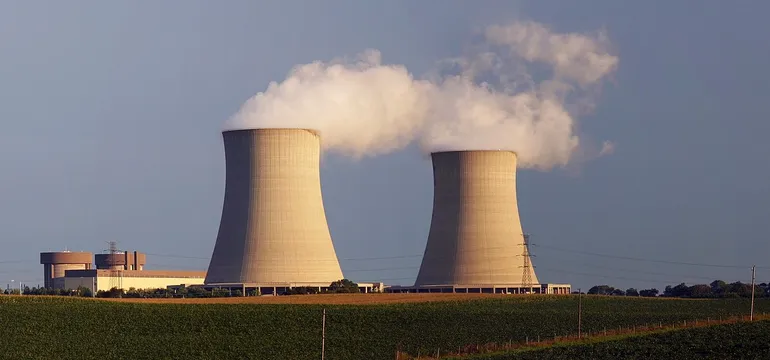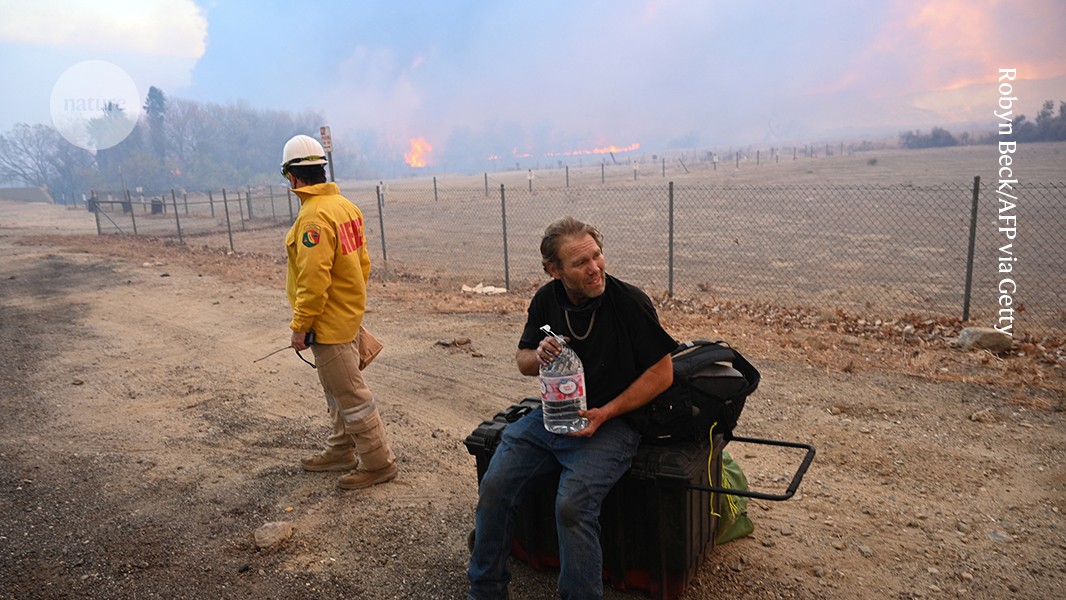AFSOC experimenting with small cruise missiles, new ways to use old kit
“There’s a reality that aviation is incredibly expensive,” AFSOC head Lt. Gen. Michael Conley said. “So I’m really challenging the team to figure out, what can we do with the things we already have that we haven’t done in the past?”


An OA-1K Skyraider II pilot conducts a walkaround on the flightline at Hurlburt Field, Florida, Jan. 28, 2025. (U.S. Air Force photo by Staff Sgt. Natalie Fiorilli)
SOF WEEK — The head US Air Force Special Operations Command (AFSOC) said this week that his organization needs to figure out new ways to use the equipment it has, in order to keep up with America’s ongoing SOF requirements.
At the same time, Lt. Gen. Michael Conley told media during a Wednesday roundtable that his team is actively experimenting with new small cruise missiles and air launched effects, new technologies AFSOC hopes will provide it capabilities for future, unforeseen conflicts.
Broadly speaking, AFSOC is “built for this time … [and] perfectly positioned” to support special and conventional operations in any future conflict against near-peer adversaries as well as more traditional roles in CENTCOM and AFRICOM areas of operation, Lt. Gen. Michael Conley said.
FULL COVERAGE: SOF WEEK 2025
However, “There’s a reality that aviation is incredibly expensive. We are onboarding our newest capability, the OA-1K [Skyraider II], but aside from that, we have a pretty young and healthy fleet. So I’m really challenging the team to figure out, what can we do with the things we already have that we haven’t done in the past? How do we develop capabilities far out to make us relevant and in a good fit for theaters that we haven’t fought in before?”
According to Conley, AFSOC is in a position to focus on adapting, rather than “wholesale change. … I don’t think we need to do that.”
As an example of how AFSOC can learn to do different things with what it has, Conley pointed to the V-22 Osprey.
“I believe the best years of the CV-22 are still ahead of it. When we fielded that operationally in 2007 for the first time, we sent it to Afghanistan. It’s a complex aircraft that requires a lot of maintenance, and flying it in and out of hellacious dust clouds every single night, multiple times, was not really its sweet spot,” he said.
“I think as we get into theaters where distances are a lot longer, with its advanced avionics system, it can do things that nothing else can right now. So the long-range capability, the air refueling, the ability to train with both US partners and coalition partners, I think sets it up for the missions it was truly designed to do.”
Conley went onto state that the US Army’s Future Long-Range Assault Aircraft (FLRAA) is currently “not on my list” of priorities at the moment.
“We’re not looking at FLRAA right now. We are working on the High Speed VTOL,” he said, referring to the DARPA-led program aiming to provide a next-generation airlift capability for special operations.
RELATED: Army leaders want FLRAA by 2028, sidestep questions on Black Hawk’s fate
But he did concede: “What interests me more about FLRAA, more than the actual aircraft itself is, what are we learning from that technology that will help inform HSVTOL, or whatever eventually would replace a CV-22?”
Turning his attention to the OA-1K Skyraider II, the latest addition in AFSOC’s inventory of aircraft, Conley predicted it’s utility will only grow and grow in the future.
“Once we field operational crews here in the next few years, I think we will find ways to employ it, and maybe ways we’re not even thinking about yet. And when we get them to exercise with our ground SOF teammates and our SEAL teammates, I think the aperture is wider than we’re probably thinking right now.”
However, Conley also warned about increasingly contested airspaces around the world, blaming the proliferation of technological capabilities developed by the likes of China and Russia.
Conley cited Yemen as an example of an area of operation previously permissive for aircraft but one which is now home to technologies capable of putting aircraft at risk. In the last two months, seven MQ-9 Reapers have been reportedly shot down by Houthi rebels.
“[Yemen] for many years was an uncontested, permissive airspace, and now it isn’t. We see some of the new surface-to-air threats that are starting to populate there. You’ve seen the news on MQ-9 shoot-downs and those type of things. As an air force and as a nation, we have to be able to move a lot quicker on developing our threat recognition and threat avoidance technology,” he warned.
SOF Cruise Missiles, Air-Launched Effects
In terms of emerging technologies, Conley confirmed AFSOC is studying the deployment of “small cruise missiles” capable of being launched from a gunship, MQ-9 or Skyraider II.
“It’s not going to sink a battleship, but it will provide a capability that I think would be useful in theaters, If you could palletize all those and drop two or three pallets worth of small cruise missiles, I think that provides game changing capability.
“We are actively testing small cruise missiles right now. We’ve done two demonstrations already internally so there’s work to be done. I wouldn’t say we’re there yet, but we are working closely with that capability.”
Conley also suggested a bright future for launched effects within AFSOC.
“One of our big priorities from the acquisition lens is the Adaptive Airborne Enterprise (A2E). We have already demonstrated capability to launch small UAS off of an MQ-9 aircraft, to link up with a team out in the water or onshore that could swarm together and do target identification.
“We’re working on the technology to put them out of a common launch tube off one of our aircraft, or palletize them, or put them on hard point on a wing. If you launch those, the capabilities are broad. It could be a kinetic effect, it could be an electronic warfare effect, it could be a cyber effect, it could be a jammer, a decoy. Those are all things that we’re looking at.”
Finally, Conley would not rule out a role for Collaborative Combat Aircraft (CCA) in supporting special operations.
“I don’t know if I could give you a clear pathway on how to do that, but I think we’ve got skill sets within AFSOC, a lot of it with special tactics, on using unmanned technology. The Air Force has to figure out the CONOPS for CCA but I think the ideas could be unlimited,” he concluded.




































































